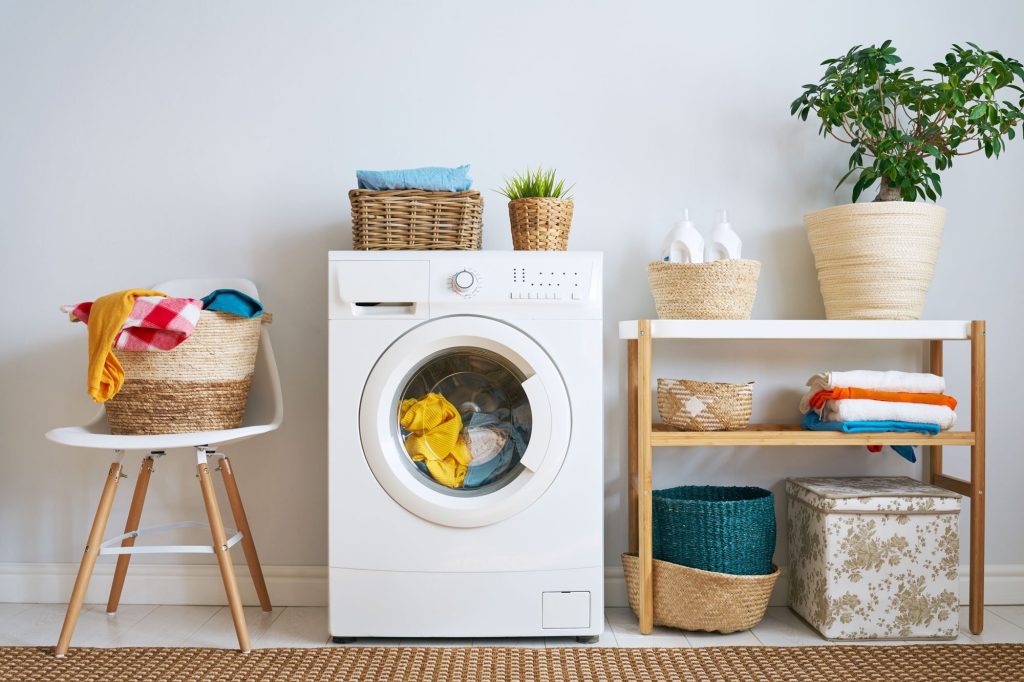In winter, drying laundry indoors is particularly tricky because cool air and humidity promote mold growth. Some rooms are not suitable at all. For sure you should not put them in the room where you play NationalCasino.
In times of rising energy prices, many people want to save on heating costs and prefer to heat less or not at all. But this can be fatal, especially if you have to dry your laundry in the apartment, for example because there is no balcony or garden. But there are some tips and tricks to help you to master this difficult decision. Because it is also an important one since you could get mold if a room without air gets mold. So it is a health question as well.
For now it is easy to say that basements and bathrooms are unsuitable for drying laundry – especially in winter. You have to always think about the air circulation.
WHY DRYING CLOTHES IN THE WINTER PROMOTES MOLD

When drying laundry in the apartment, humidity rises. If the apartment is not heated sufficiently in winter, the air in the room absorbs much less moisture than would be the case in heated rooms. If there is then too little ventilation, the excess moisture condenses on the walls of the room and unhealthy mold can develop.
Danger of mold: rooms where the clothes horse has no place
To prevent mold from forming, rooms must be adequately heated and ventilated in the winter to remove moisture. Therefore, the clothes horse has no place in certain rooms:
- Bathrooms without windows
- Cellar (unheated)
- Bedroom
- Children’s room
A bathroom without windows can be ventilated much more poorly and is per se already more susceptible to mold growth. If for bathing, showering and the daily personal hygiene then still the laundry is dried in the bath, the one or other mold stain might not be long in coming. Laundry drying is also taboo in unheated basements.
Bedrooms and children’s rooms are also completely unsuitable for drying laundry: a lot of moisture is generated at night simply by breathing air and sweating. If damp laundry is added to this, it is an ideal breeding ground for mold.
CHECKING HUMIDITY WITH A HYGROMETER

To keep your home free of mold and moisture damage in winter, the Saarland Consumer Center advises you to keep an eye on the humidity in the rooms with the help of a hygrometer. This is optimally between 40 and 60 percent. Ideally, you should dry the laundry outdoors or with the help of a tumble dryer. According to Test.de, energy-saving models consume around 47 euros of electricity per year in a 4-person household. With a few tips, however, you can reduce electricity consumption even while washing. Also check when being away from home for a couple of days that your machine is plugged of.

